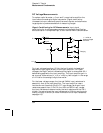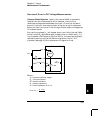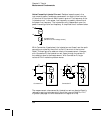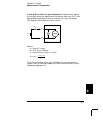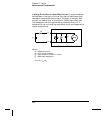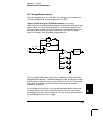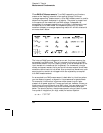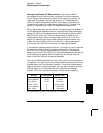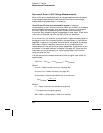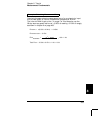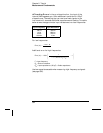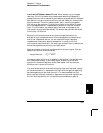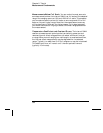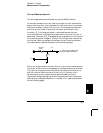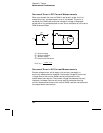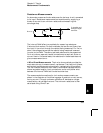
Sources of Error in AC Voltage Measurements
Many of the errors associated with dc voltage measurements also apply
to ac voltage measurements. Additional errors unique to ac voltage
measurements are described in this section.
Crest Factor Errors (non-sinusoidal inputs) A common
misconception is that “since the internal
DMM is true RMS, its sinewave
accuracy specifications apply to all waveforms.” Actually, the shape of
the input signal can dramatically affect measurement accuracy.
A common way to describe signal waveshapes is crest factor. Crest factor
is the ratio of the peak value to the
RMS value of a waveform.
For a pulse train, for example, the crest factor is approximately equal to
the square root of the inverse of the duty cycle as shown in the table on
page 360. In general, the greater the crest factor the greater the energy
contained in higher frequency harmonics. All multimeters exhibit
measurement errors that are crest factor dependent. Crest factor errors
are shown in the specifications in chapter 9 on page 407. Note that the
crest factor errors do not apply for input signals below 100 Hz when
using the slow ac filter.
You can estimate the measurement error due to signal crest factor as
shown below:
Total Error = Error
sine
+ Error
crest factor
+ Error
bandwidth
Where:
Error
sine
= DMM’s sinewave accuracy (see page 406)
Error
crest factor
= DMM’s crest factor (see page 407)
Error
bandwidth
= Estimated bandwidth error as shown below:
Error
bandwidth
=
– C.F.
2
x F
4
π x BW
Where:
C.F. = Signal crest factor (see the table on page 360)
F = Fundamental input signal frequency
BW = DMM’s -3 dB bandwidth (1 MHz for the 34970A)
Chapter 8 Tutorial
Measurement Fundamentals
362



